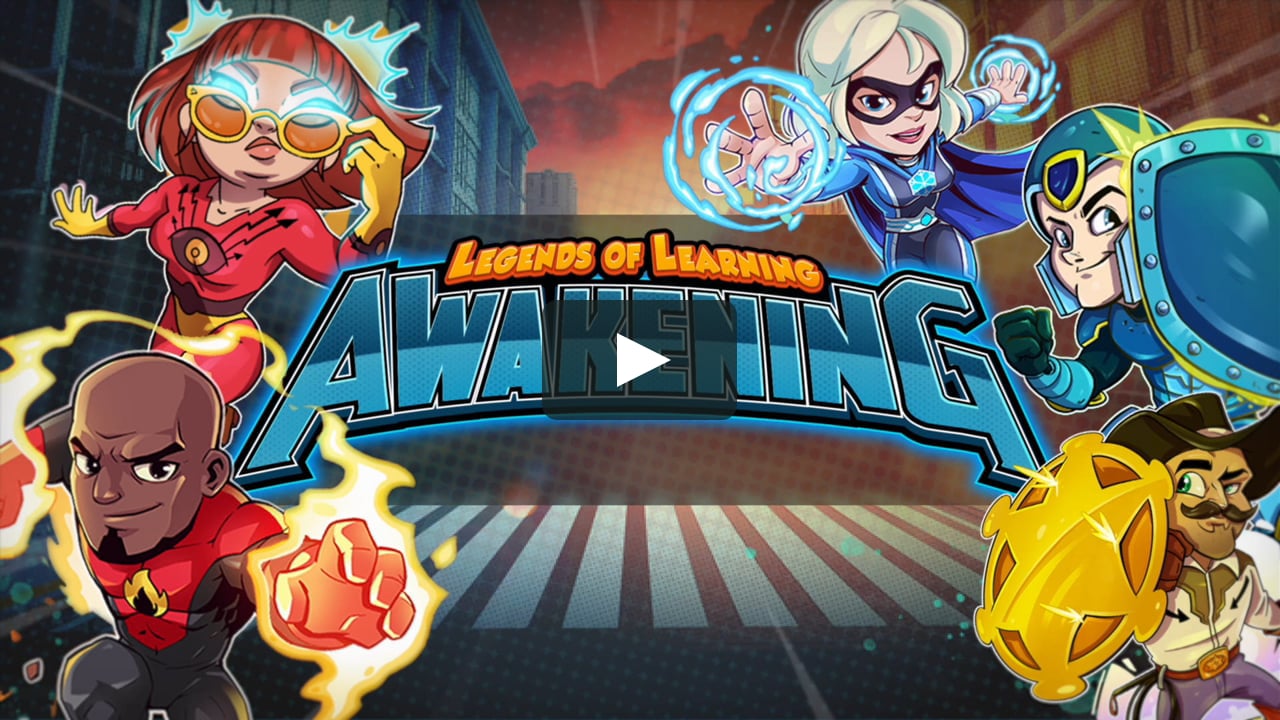
Rome High school is a public highschool located in Rome Georgia. It is part the Rome City Schools District. It offers non-recruiting programs, including a Latin program, to its students. It is ranked #98 in Georgia and #4,306 nationally. What makes Rome High School special?
Rome High School is ranked at 98th place in Georgia
Rome High School, a public high school in Rome, Georgia is located. It is part in the Rome City school district. It has a student enrollment of approximately 1,300 and is ranked at 98th in Georgia. It has won numerous prestigious awards including being designated a National Blue Ribbon School.
Rome High School is very diverse. The student body at Rome High School is comprised of over 30 percent African-Americans, 40 percent Hispanic students, and 20 percent Caucasian. This diversity allows students to learn from a variety of cultural backgrounds. Rome High School's athletic teams compete in Region 7-AAAAA. They recently won the Director's Cup and state football championships.
It is ranked #4306 in the National Rankings
Rome High school is a highly-achieving school located in Georgia. According to the most recent rankings, students at Rome High School scored higher than other schools in Georgia. The class of 2021 scored 39 more points than the national average when they took the SATs. In the last year, the school's Drama Productions sold out, and the Grand Finale Show Choir was well received by the community. Rome High School's marching band won numerous awards in state competitions.

Rome High School in Rome is a public school in Georgia. There are about 1,714 students enrolled in the grades nine through twelve. It is home to a large number of students from diverse backgrounds, including 30 percent black students, 40 Hispanic students, 20 percent Caucasian, and 40% Hispanic students. It has a student-teacher ratio of 18.5 to 1.
It provides a Latin program
Latin, the Roman language (also known as Latin) has been used by many scholars, poets, emperors, and others throughout history. It has also influenced the modern arts and government. Students learn Latin, how to write and read it, as well as how to understand and read Latin-language texts. The language also provides students with a deeper understanding of Roman culture and history. The program is designed to make students fall in love with Latin.
If you're looking to learn Latin at a high school in Rome, then this program could be for you. This fascinating language can also be used to study the history of the Middle Ages, the Renaissance, and the Roman Empire. It can also be useful in understanding the roots of many modern European languages.
It does not require you to be a recruiter.
The United States Air Force's Junior Reserve Officer Training Corps program is located at Rome High School, Rome, Georgia. This website was developed to provide parents, prospective cadets and students with information about the program. Although there are not any specific requirements for recruiting, the website is a great resource for anyone who is interested in the program.
Scott Carter is a highly experienced coach who has more than 30 years' experience. He has coached both at the high school and college levels. He has coached several teams to top rankings and the best recruiting classes.

It offers a performing arts programme.
Rome High School is a public high school in Rome, Georgia. It is part of the Rome City School District. The school has a popular performing arts program, which is enjoyed by both students and adults. You can also take part in music, drama, and dance.
Students have many options in the performing arts program at Rome High School. The chorus has been performing in Florida, Georgia and Ohio for the past seven year. Performing arts groups are also eligible to participate in extracurricular activities or compete in ICHSA. In 2008 and 2010, respectively, the boys' quartet and girls' literary trio placed first in the state. Numerous soloists have also been awarded regional awards at the school.
FAQ
Is it difficult to become a teacher?
You must be a teacher. You will need to devote a significant amount of time to your studies.
While completing your degree, you can expect to work approximately 40 hours per week.
In addition, you will need to find a job that fits your schedule. Many students report difficulty finding part-time jobs that work around their school schedules.
When you are hired for a full-time job, you will most likely be required to teach classes during the school day. You may also need to travel between schools each week.
What exactly is a school of trade?
Trade schools provide an alternative pathway for students who have not achieved success at traditional higher educational institutions to earn a college degree. They provide career-oriented programs to help students prepare for specific occupations. These programs require students to complete two years of coursework in one semester. After that, they enter a paid apprenticeship program in which they acquire a job skill and get on-the-job training. Trade schools can include technical schools, community colleges and junior colleges as well as universities. Some trade schools also offer associate programs.
How long does a teacher of early childhood take?
It takes four years to complete a bachelor's degree in early childhood education. The majority of universities require that you take two years to complete general education courses.
After completing your undergraduate studies, you will usually enroll in graduate school. This step allows you to specialize in a particular area of study.
You could, for example, choose to study learning disabilities or child psychology. You must apply for a teacher preparation program after you have completed your master's degree.
This process can take many years. During this period, you will work with experienced educators to gain real-world knowledge.
Finally, you will need to pass state exams before you can officially begin working as a teacher.
This process is lengthy and you will not be able instantly to enter the workforce.
What salary does an early childhood teacher earn? (earning potential)
The average salary for a teacher in early childhood is $45,000 per year.
However, there is an exception to the rule: salaries in some areas tend to be more than average. For example, teachers in large urban school districts typically receive more pay than those in rural schools.
Salaries are also affected by factors like the size of the district and whether or not a teacher holds a master's degree or doctorate.
Teachers often start out making less than other college graduates because they don't have a lot of experience. But their earnings can rise significantly over time.
What's the point of education or schooling?
Education should prepare students for work. It is not only an academic pursuit, but also a social activity in which children can learn from each other and gain confidence through participating in sports, music, or art. Education is about learning to think critically and creatively so that students can be self-reliant and independent. What does it really mean to have high educational standards
High educational standards ensure that every pupil achieves their potential. They provide a clear set of goals teachers work towards with their pupils. Educational standards should be flexible enough that schools can meet changing needs. A fair and equitable educational system must ensure that all children have equal chances of success no matter their background.
How much does homeschooling cost?
Homeschooling does not require you to pay a set fee. Some families charge between $0-$20 per lesson. Some families offer services for free.
However, homeschooling does require dedication and commitment. Parents need to make sure they have enough time to spend with their children.
They need to have access books, supplies, or other learning materials. To supplement their education, homeschoolers may need to use community programs and events.
Parents should think about transportation costs, tutors, and other activities.
Homeschoolers need to be prepared for special occasions, field trips and vacations.
Statistics
- Data from the Department of Education reveal that, among 2008 college graduates, 92.8 percent of humanities majors have voted at least once since finishing school. (bostonreview.net)
- Among STEM majors, that number is 83.5 percent. (bostonreview.net)
- They are more likely to graduate high school (25%) and finish college (116%). (habitatbroward.org)
- And, within ten years of graduation, 44.1 percent of 1993 humanities graduates had written to public officials, compared to 30.1 percent of STEM majors. (bostonreview.net)
- In most developed countries, a high proportion of the population (up to 50%) now enters higher education at some time in their lives. (en.wikipedia.org)
External Links
How To
what is vocational education?
Vocational Education prepares students for work by giving them skills that are required for a specific job, such as welding. You can also get on-the job training through apprenticeship programs. Vocational education stands out from general education. This is because it focuses less on general knowledge and more on developing skills for specific occupations. Vocational education's goal is to help students find employment after they graduate.
Vocational education is available at all levels of education, including primary, secondary, high school, college, universities, technical institutes as well as trade schools, community colleges and junior colleges. There are many schools that specialize in specific subjects, such as nursing schools (law schools), medical schools, dental school, veterinary medicine and firefighting schools. Many of these schools provide both academic instruction as well as practical experience.
In recent decades, many countries have made large investments in vocational training. It is still controversial whether vocational education is effective. Some critics say it does not improve students' employability. Other argue that it prepares them well for life beyond school.
The U.S. Bureau of Labor Statistics estimates that 47% of American adults possess a postsecondary certificate, or degree related to current occupation. This figure is higher among those with more education: 71% of workers aged 25-29 with a bachelor's degree or higher are currently employed in fields requiring postsecondary credentials.
According to the BLS in 2012, almost half of Americans had at the least one type of postsecondary credential. One-third of Americans had a two year associate degree. Only 10% held a four-year bachelors degree. One fifth of Americans had a masters degree or doctorate.
In 2013, the median annual wage for persons holding a bachelor's degree was $50,900, compared to $23,800 for those without a degree. For advanced degrees, the median annual wage was $81,300.
The median wage for people who did not finish high school was only $15,000. The median annual income for those with less than a high-school diploma was $13,000